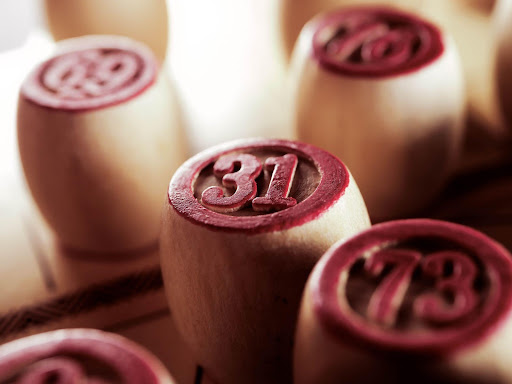
Bingo is one of the oldest gambling games and is still popular today. Some play it to win the prize on the line, while others use it as a regular game for fun. Bingo has come a long way, originating over 490 years ago. It was prevalent not long after World War II but soon declined during the 90s, as other games took the scene.
However, with sports betting and casino games often available online, it’s now common to find online bingo sites. Players started loving the game again, enjoying bingo from the comfort of their homes with many variations.
How did the game evolve to become what it is now? How does it differ from the traditional bingos that existed back then? Here’s a deep dive into Bingo’s evolution and a walk through the history of Bingo.
How Everything Started
There are various types of Bingo, but the original game started in Italy in the 1500s. The game slowly spread across Europe as a game called Il Giuoco del Lotto d’Italia, which means “The Clearance of The Lot of Italy” in Italy.
In 1530, Bingo was treated similarly to the National Lottery. That’s one of the reasons why the French called it “Le Lotto” when playing the game. Back then, Bingo was more common for the elite’s entertainment. After the French, the game spread to the British.
1778 was the peak of Bingo’s popularity, and by the end of the 18th century, Bingo was obviously staying for good in Britain. The game spread across the country and was widely played before it reached other nations, including the USA.
Why Was It Called Bingo?
According to legends, a toy salesman from New York, Edwin S. Lowe, traveled in 1929 from New York to Georgia. In Georgia, he encountered a game called “Beano” at a carnival, and from there, it was history.
To play Beano, players must use dried beans to cover up the numbers they see on the cards they have. The operator then pulls out numbered balls from a box, and players mark their cards according to the called number. To end the game, players shout “Beano!” after covering one straight line. The stall didn’t give out money but stuffed animals as a prize.
Lowe, a curious man, started interviewing the stall owner after he closed. When he asked how he came up with the Beano game, the owner answered that the German lottery inspired him. Lowe immediately took the idea back to New York. He made Beano cards and tested the game with his friends. When Lowe first introduced the game, he utilized the Beano rules, but one of his buddies accidentally shouted “Bingo!” instead of “Beano!” when they won.
The story continued with Lowe printing more cards and improving the game by adding more number combinations. He packaged it and sold it as “Bingo.”
Bingo Dauber
Adapting Bingo from Beano came with one major flaw. Marking cards using beans is risky as many occasions lead to the beans rolling away from their place or off the table. In the late 19th century, people started playing Bingo using a specific pen that would mark the numbers in one quick dab. Bingo daubers became a great solution, but they’re permanent, so players must carefully mark their cards.
The Brits’ Innovation of Bingo
In Elizabethan times, the national lottery and other chance-based games were seen as a solution to poverty. This popularity led to illegal lotto popping up everywhere, and the authorities quickly hunted these lottos down alongside the newly coming Bingo.
Bingo was easy to spread across Britain as there was a record of World War I troops playing a similar game called Housey Housey. When they went home, they brought the game well-liked by many. The illegal spreading of Bingo went on for around 20 years post-war.
It wasn’t until 1968 that the UK Gaming Act legalized Bingo. The National Bingo was created and grew popular across the country.
Online Bingo
As technology developed, everything became digitalized, including many forms of gambling. Now, online casinos allow players to enjoy virtual slots, table games, Bingo, lotto, and even scratch cards for real money prizes.
Although Bingo was widely popular, the game’s popularity declined in the early 00s until the massive online poker event in 2003. Online Bingo hopped along, and many sites catering solely to Bingo started appearing. The 15 Network, known as one of the networks for Bingo players, later spread its business to the mobile gaming market in 2013. Virtual Bingo was a significant trigger in bringing Bingo back into the market and raising its popularity again.
Featured Image: Pexels
Read more investing news on PressReach.com.Subscribe to the PressReach RSS feeds:- Featured News RSS feed
- Investing News RSS feed
- Daily Press Releases RSS feed
- Trading Tips RSS feed
- Investing Videos RSS feed
Follow PressReach on Twitter
Follow PressReach on TikTok
Follow PressReach on Instagram
Subscribe to us on Youtube





